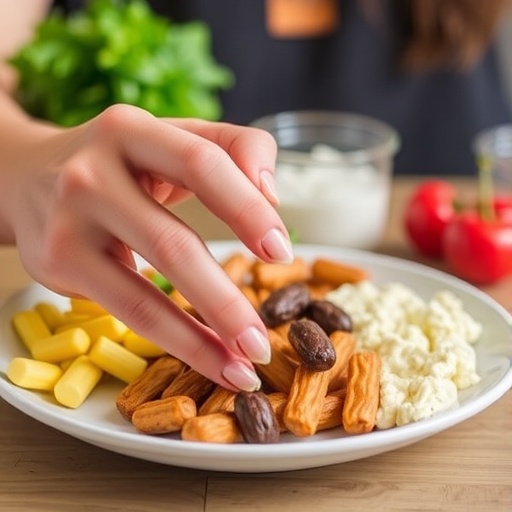Blood transfusions can save the lives of patients who have suffered major blood loss, but hospitals don't always have enough or the right type on hand. In search of a solution, researchers have developed a promising substitute using blood's oxygen-carrying component, hemoglobin. The in vitro study, reported in ACS' journal Biomacromolecules, found that the modified hemoglobin was an effective oxygen carrier and also scavenged for potentially damaging free radicals.
Red blood cells are the most commonly transfused component of blood, according to the U.S. National Heart, Lung, and Blood Institute. These cells carry the protein hemoglobin, which performs the essential function of delivering oxygen to the body's tissues. Scientists have tried developing chemically modified hemoglobin — which by itself is toxic — as a blood substitute but have found that it forms methemoglobin. This form of the protein doesn't bind oxygen and thus decreases the amount of oxygen that blood delivers in the body. In addition, the generation of methemoglobin produces hydrogen peroxide, which leads to cell damage. Hong Zhou, Lian Zhao, Yan Wu and colleagues wanted to see if packaging hemoglobin in a benign envelope could get around these problems.
The researchers developed a one-step method for wrapping hemoglobin in polydopamine, or PDA, which has been widely studied for biomedical applications. A battery of lab tests showed that the PDA-coated hemoglobin effectively carried oxygen, while preventing the formation of methemoglobin and hydrogen peroxide. In addition, it caused minimal cell damage, and acted as an effective antioxidant, scavenging for potentially damaging free radicals and reactive oxygen species.
###
The authors acknowledge funding from the National Natural Science Foundation of China and the Beijing Natural Science Foundation.
The abstract that accompanies this study is available here.
The American Chemical Society is a nonprofit organization chartered by the U.S. Congress. With nearly 157,000 members, ACS is the world's largest scientific society and a global leader in providing access to chemistry-related research through its multiple databases, peer-reviewed journals and scientific conferences. ACS does not conduct research, but publishes and publicizes peer-reviewed scientific studies. Its main offices are in Washington, D.C., and Columbus, Ohio.
To automatically receive news releases from the American Chemical Society, contact [email protected].
Follow us on Twitter | Facebook
Media Contact
Katie Cottingham
[email protected]
301-775-8455
@ACSpressroom
http://www.acs.org
############
Story Source: Materials provided by Scienmag




